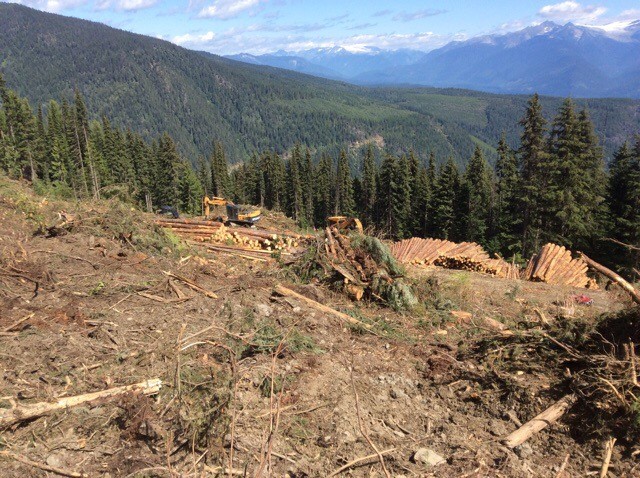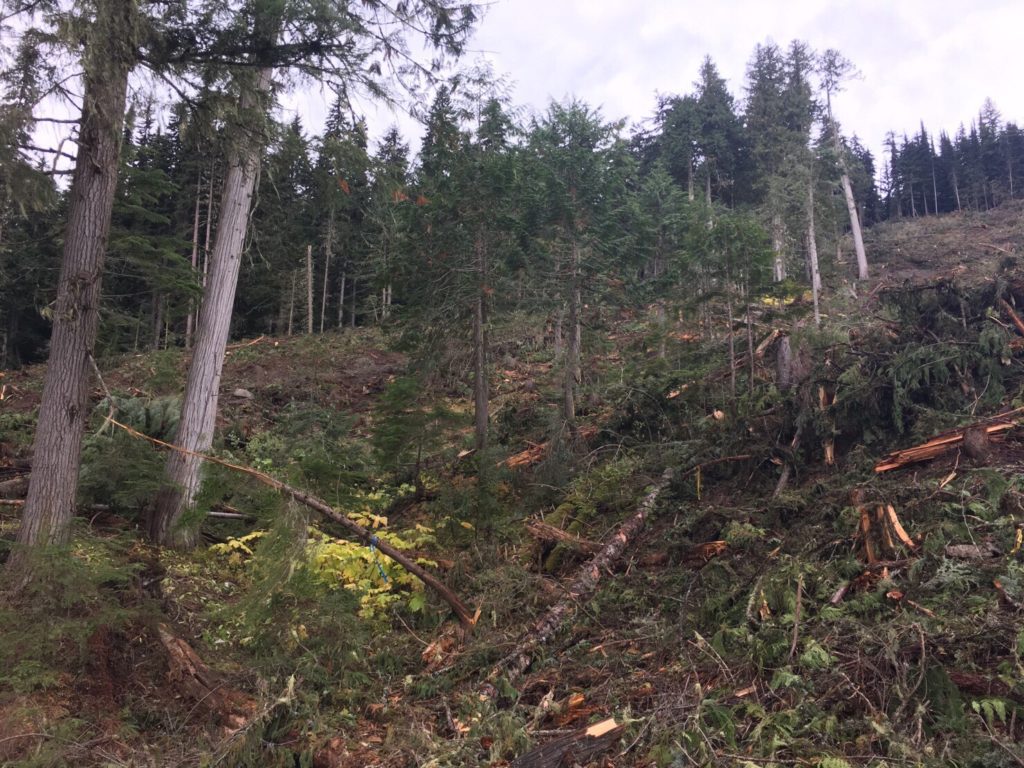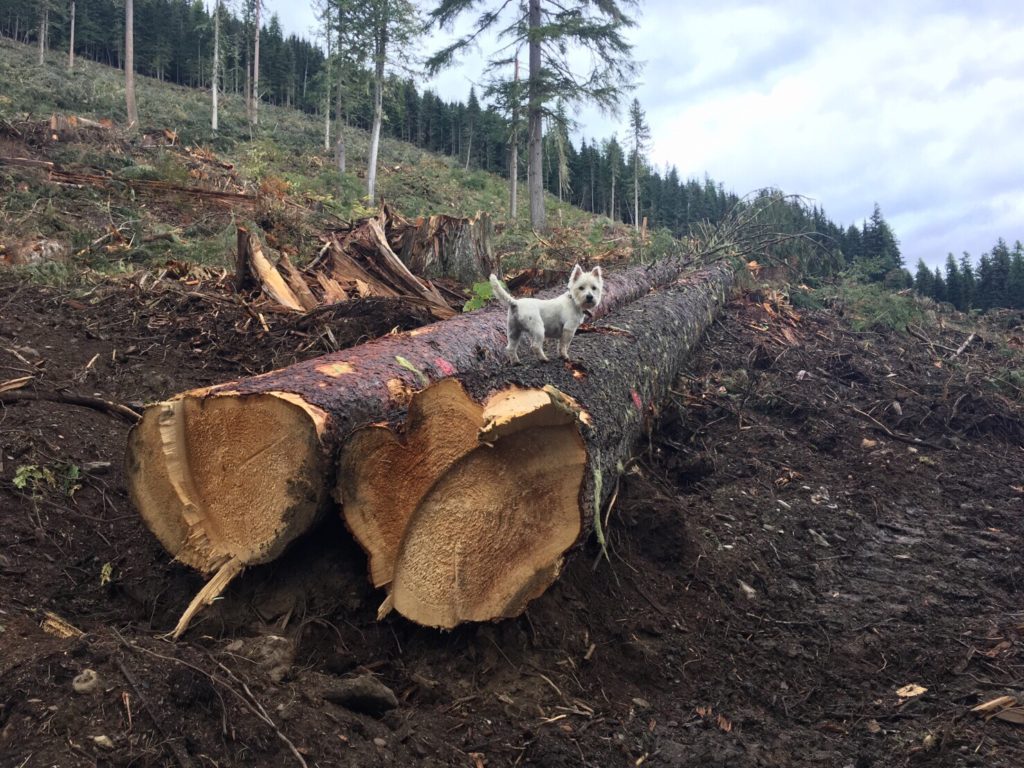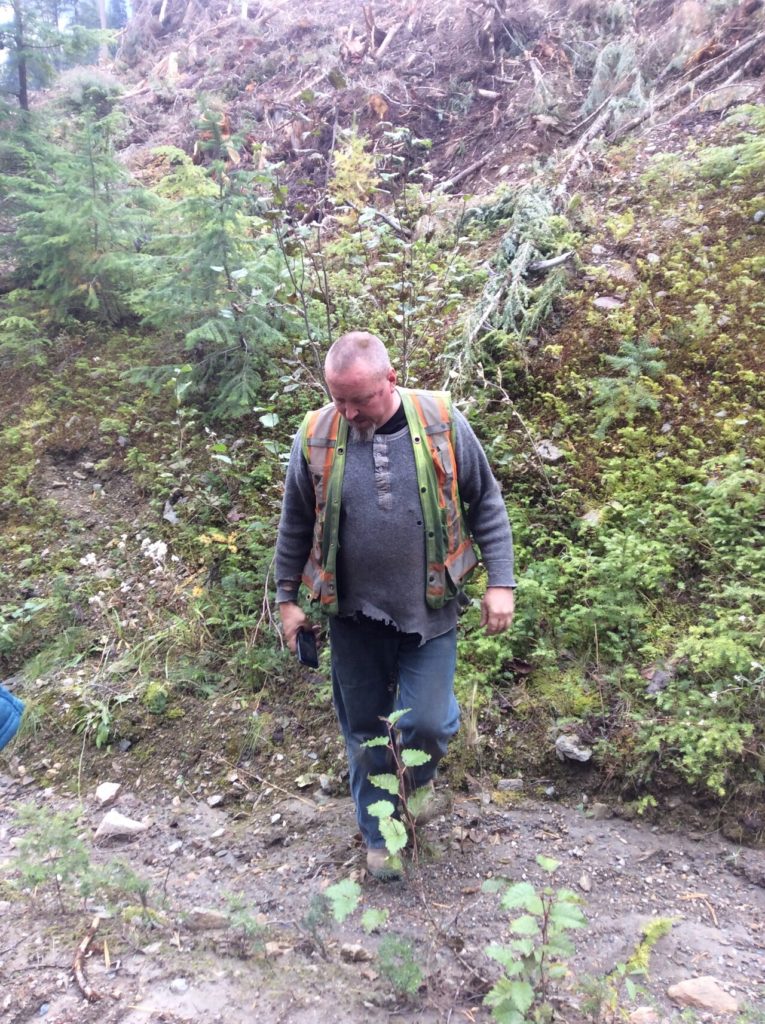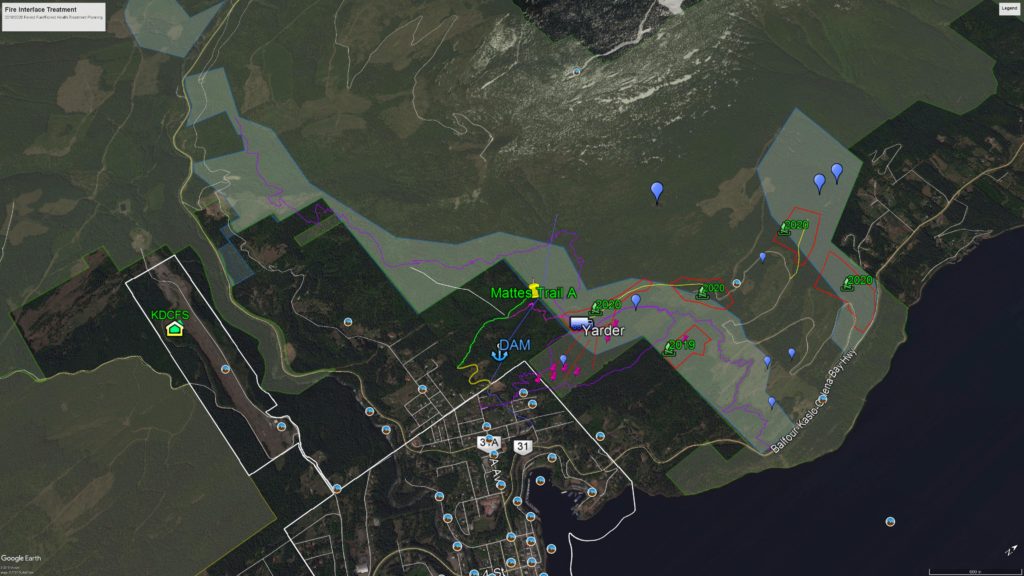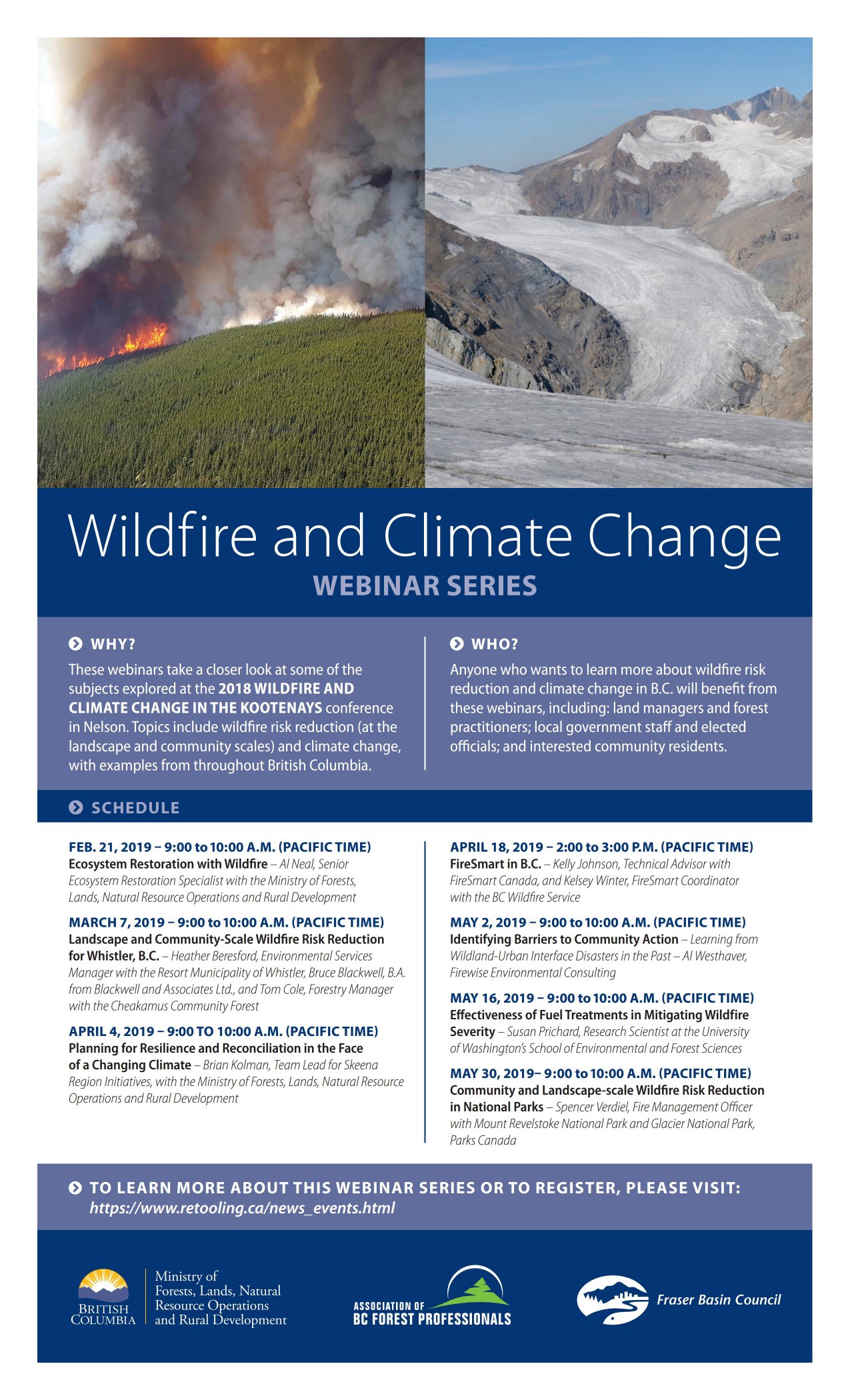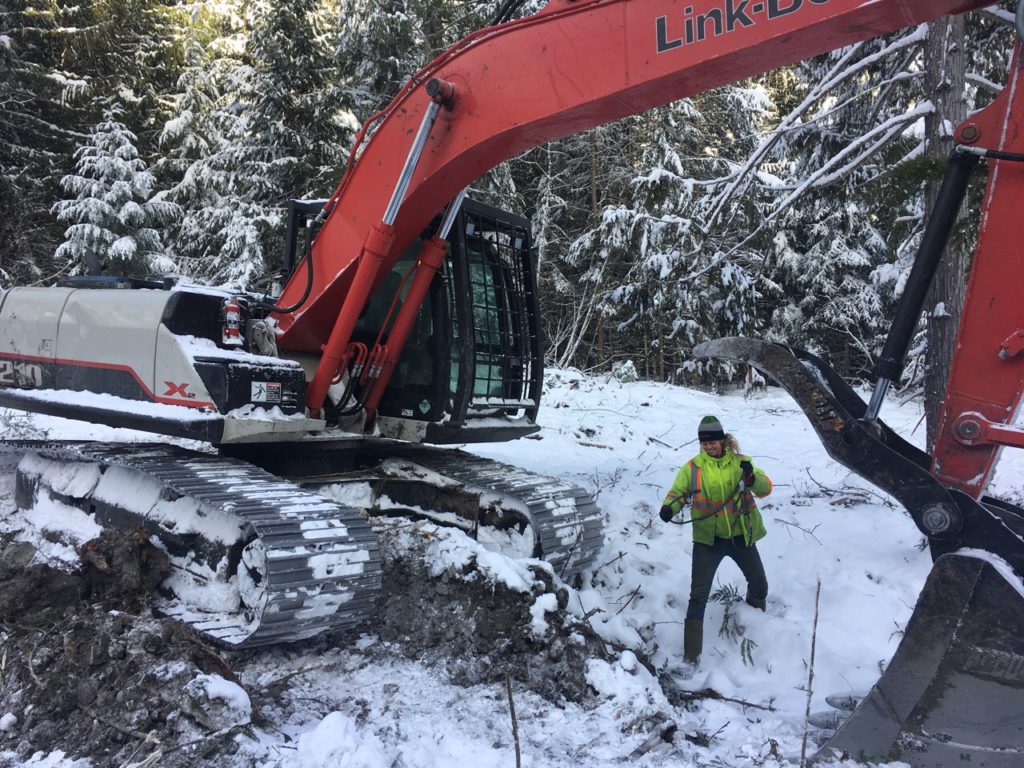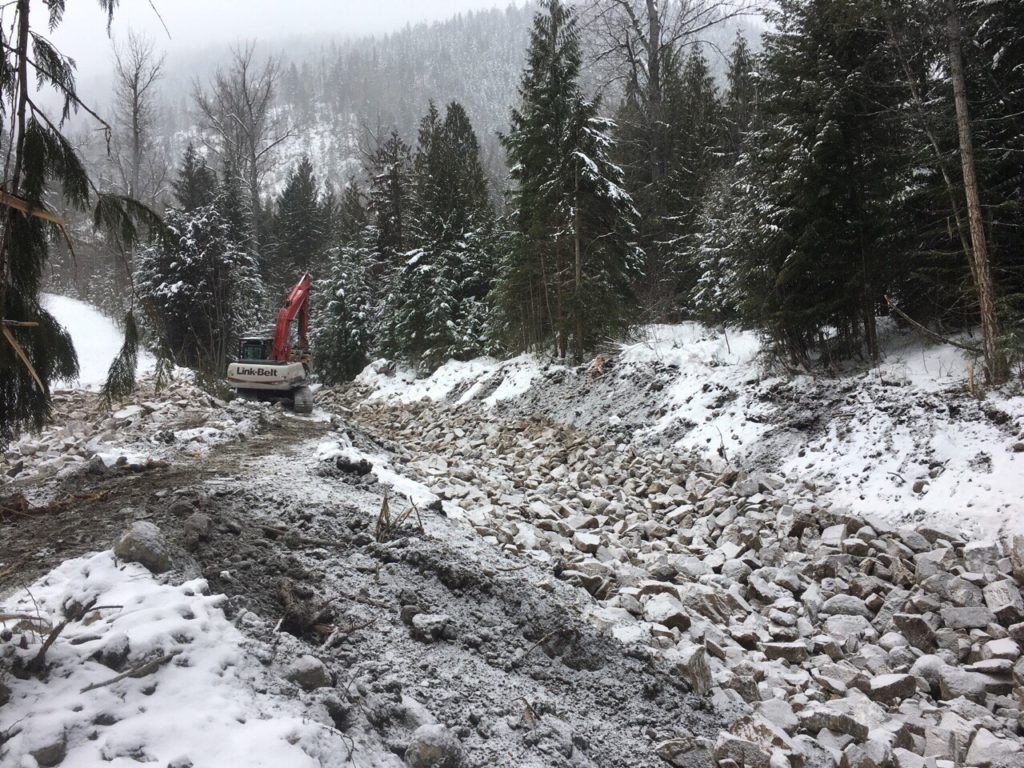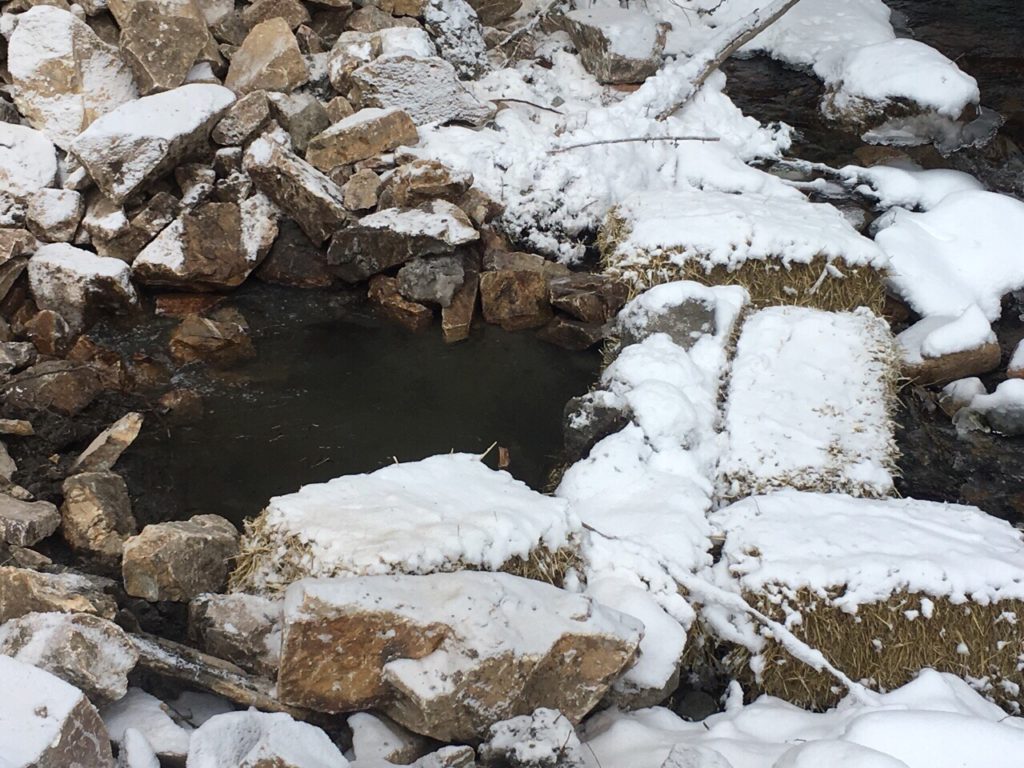Most open burning activities have been prohibited throughout British Columbia since noon (Pacific time) on Thursday, April 16, 2020. These prohibitions apply to all public and private land within British Columbia, unless specified otherwise (e.g., in a local government bylaw) and will remain in effect until the public is otherwise notified.
The following activities are currently prohibited in B.C.:
- Category 2 open fires;
- Category 3 open fires;
- Resource Management open fires;
- the use of fireworks;
- the use of sky lanterns; and
- the use of burn barrels or burn cages of any size or description (except when used for a campfire no larger than 0.5 metres wide by 0.5 metres high).
For further information about the current prohibitions, please review the attached Information Bulletin. For the most up-to-date prohibition information, as well as a poster explaining the different categories of open burning, please visit the BC Wildfire Service “Fire Bans and Restrictions” page: http://ow.ly/HYYw30qyGlc
and https://www2.gov.bc.ca/assets/gov/public-safety-and-emergency-services/wildfire-status/fire-bans-and-restrictions/ofr_poster_-_email_distribution_72dpi_no_bleeds.pdf

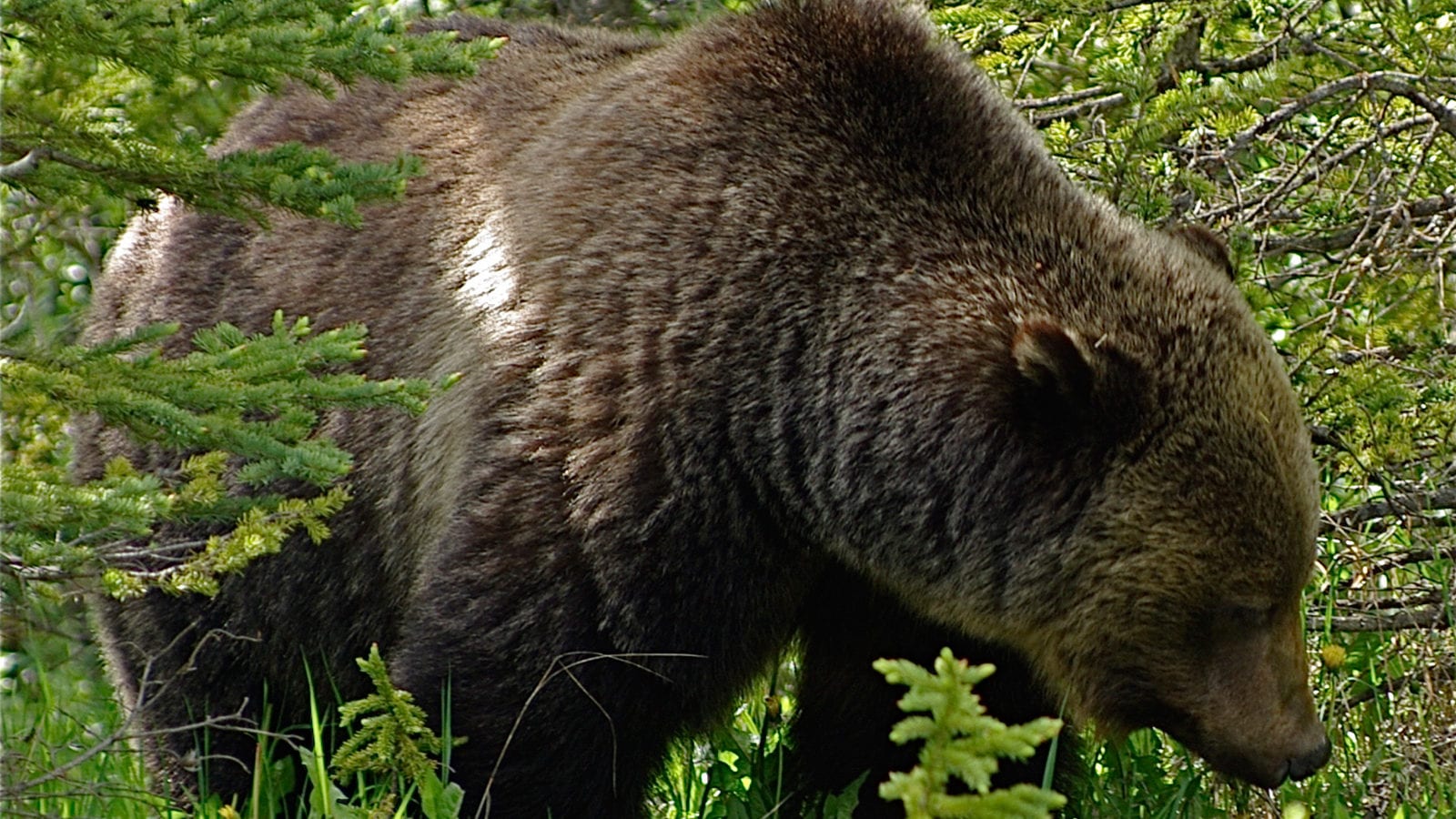
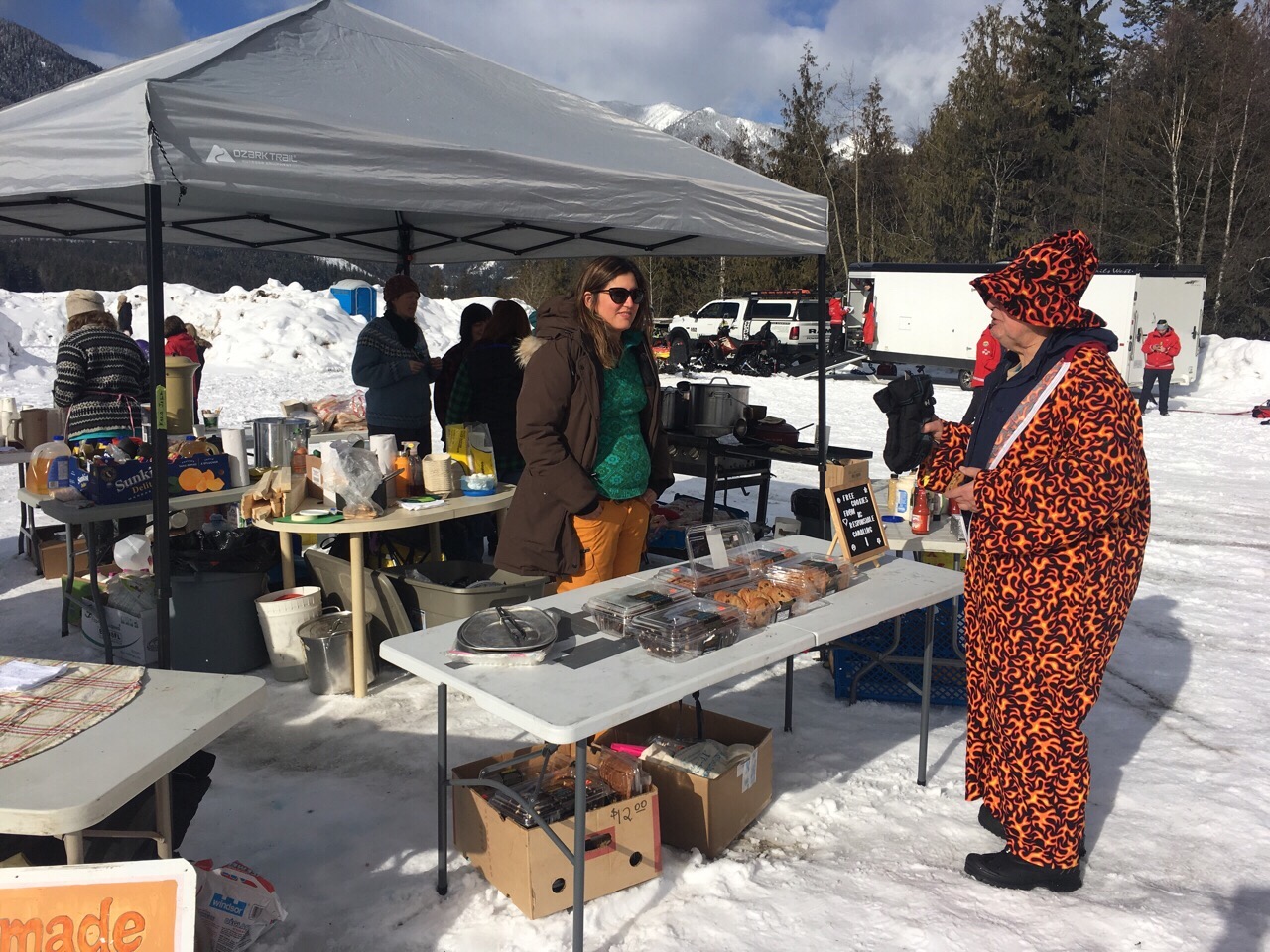
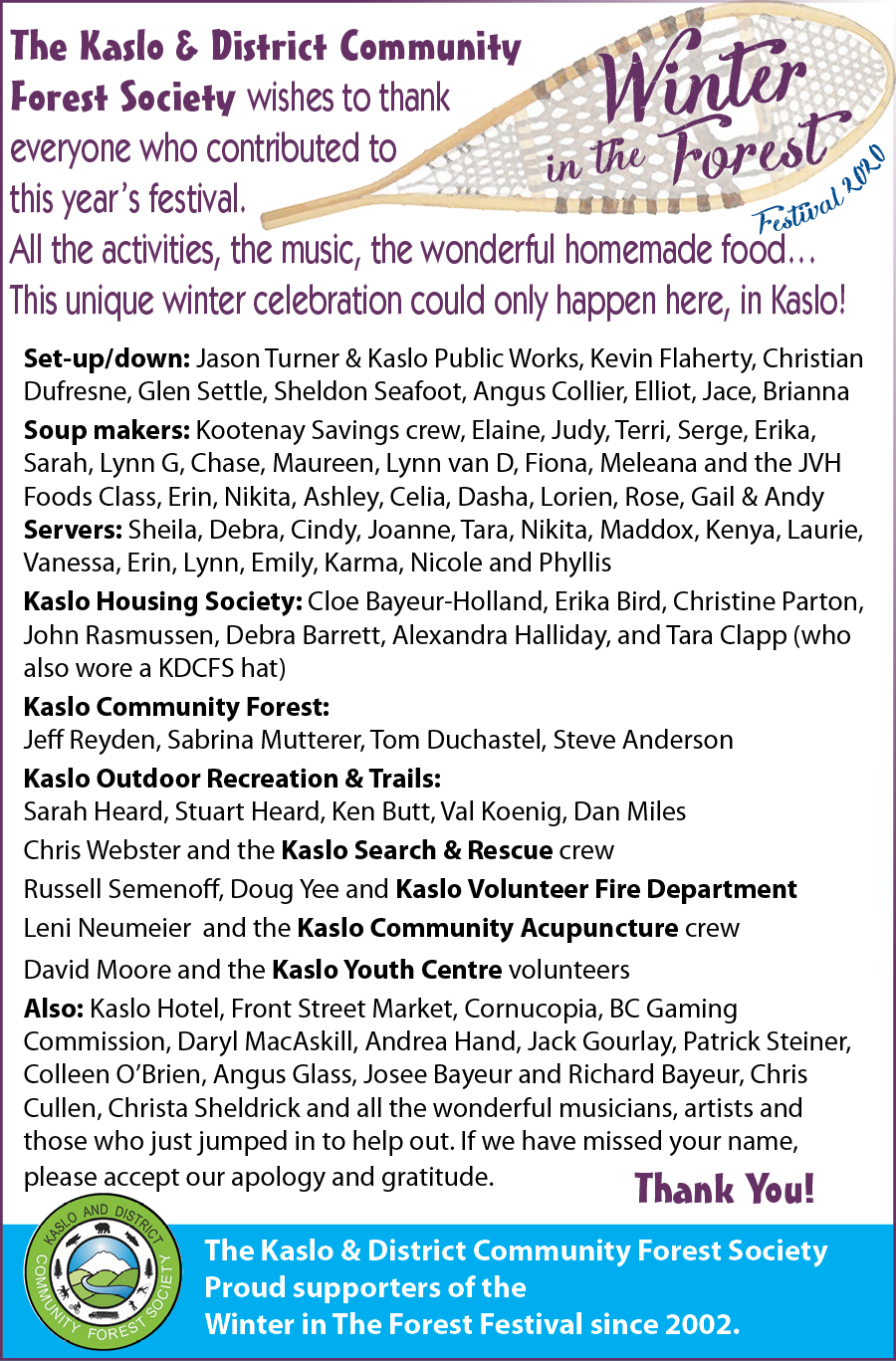
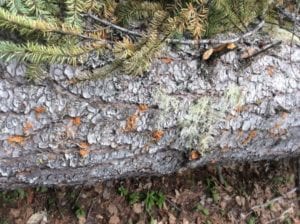
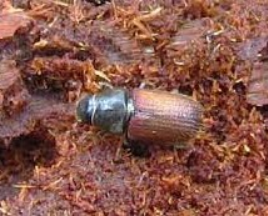
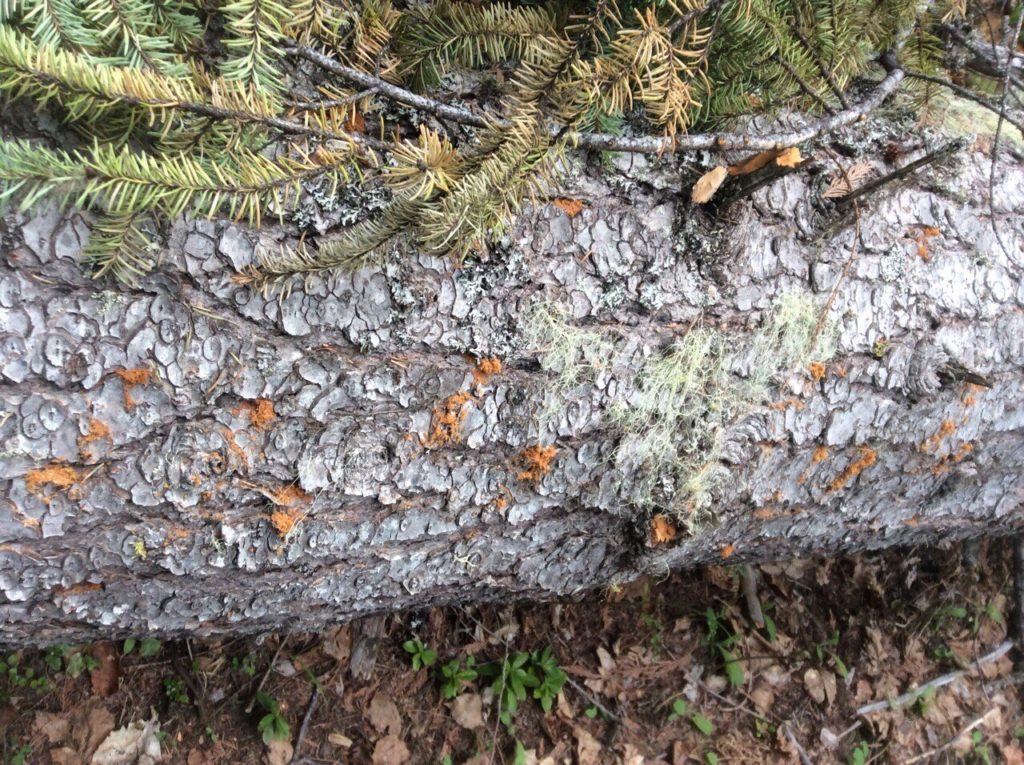
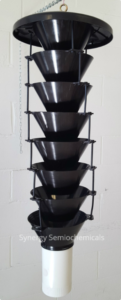
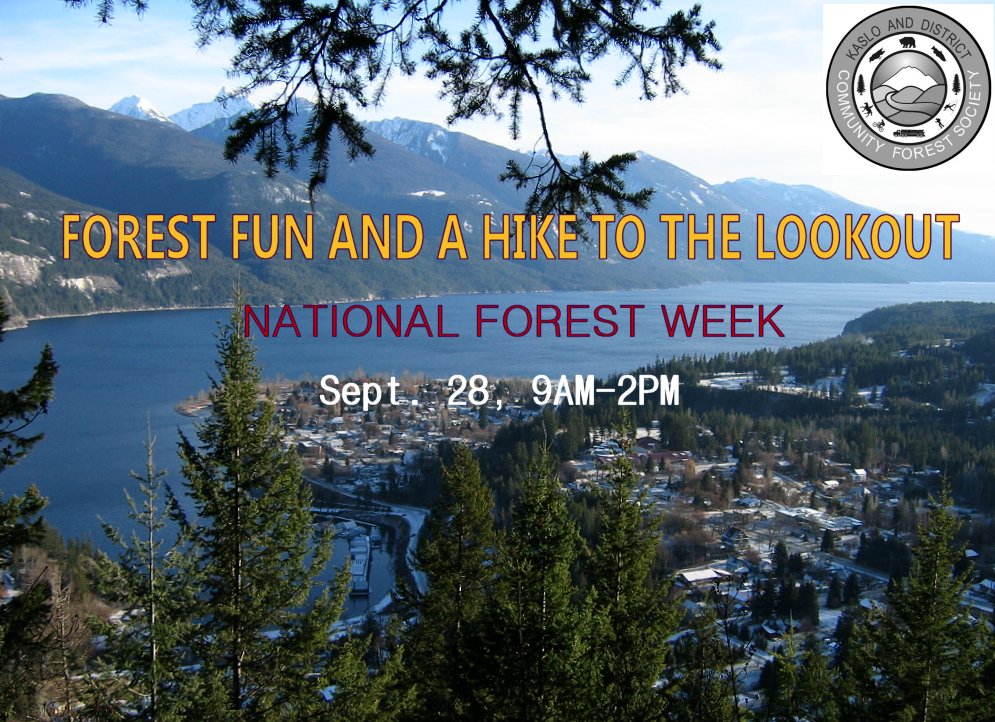
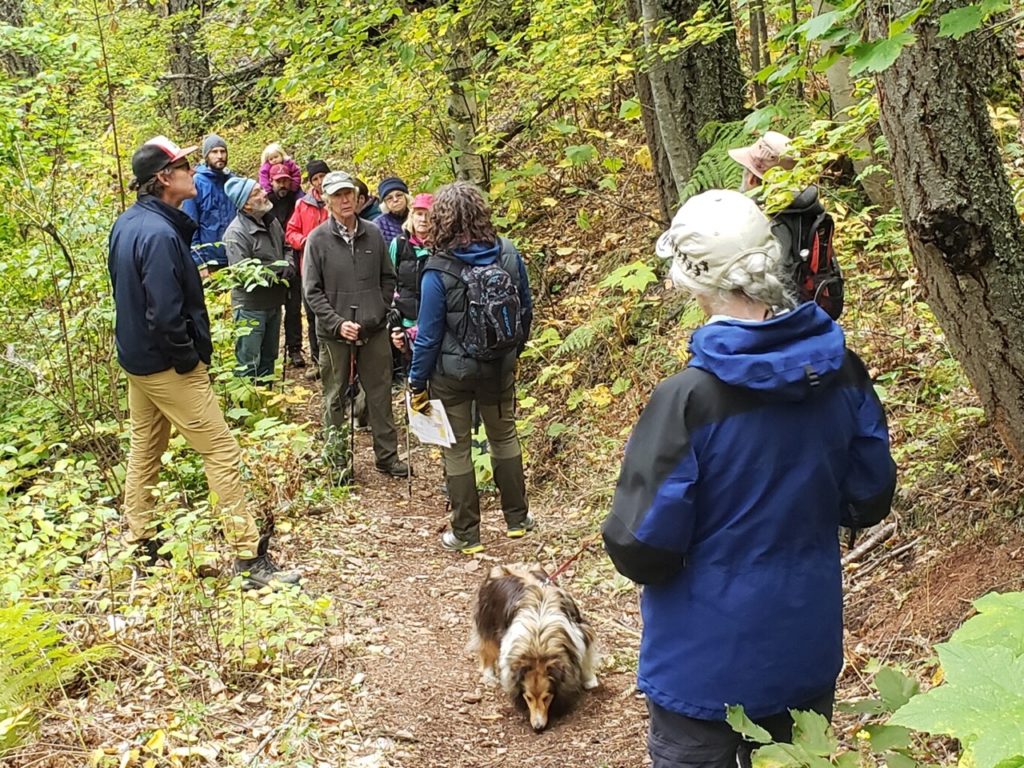

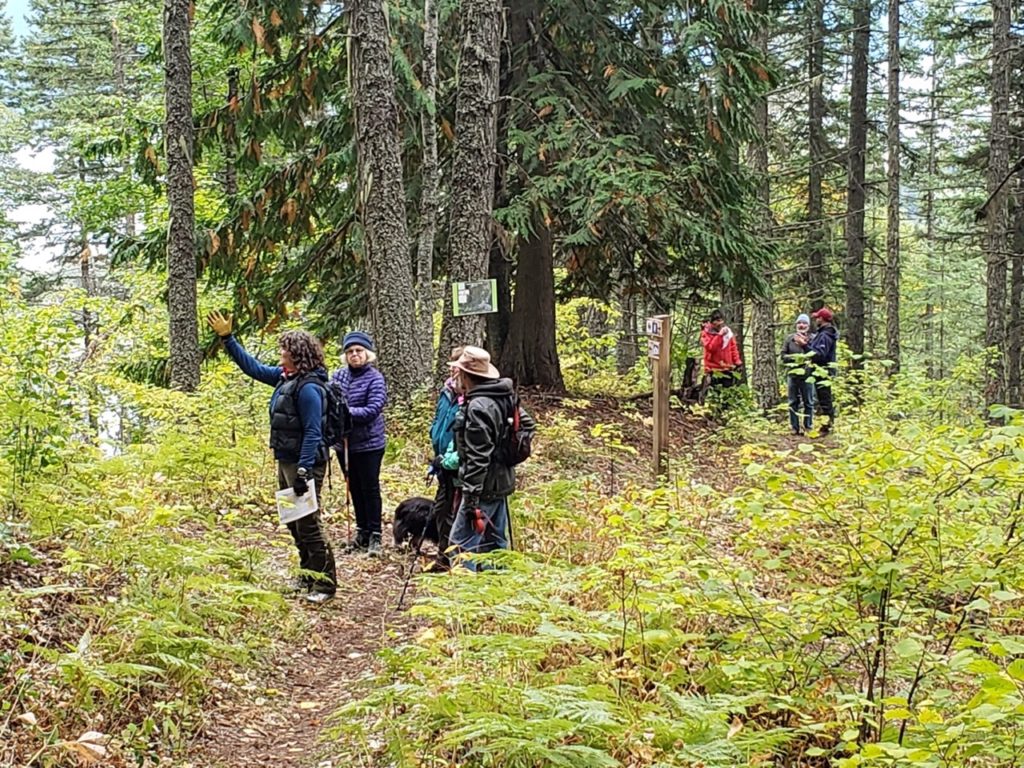
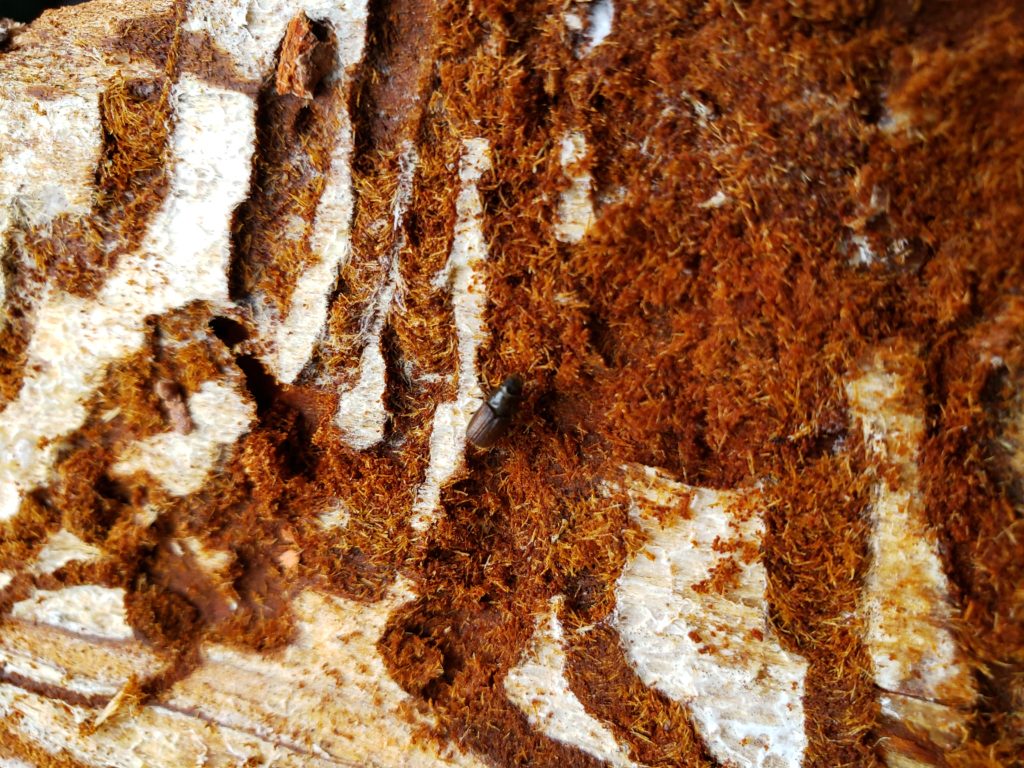
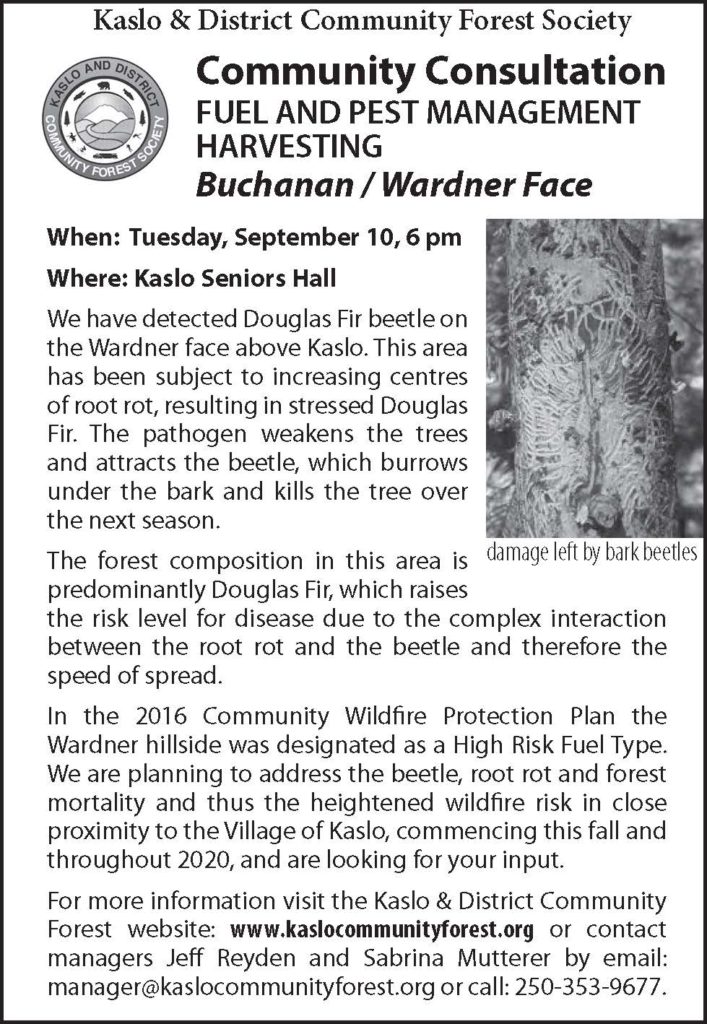
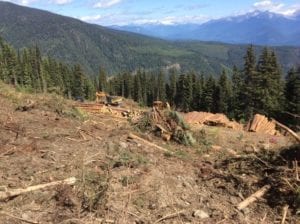
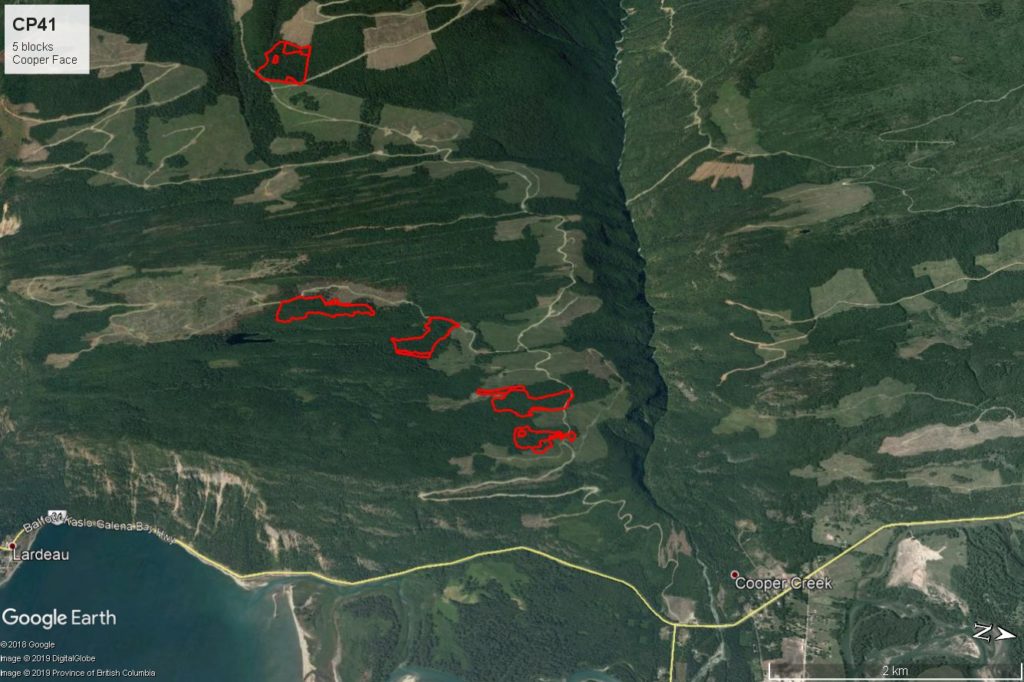 CP 41 is comprised of 5 small cutblocks on Cooper Face. We built several short spurs at the end of July 2019 to access the blocks and commenced harvest in the two highest blocks on August 6. All blocks were logged conventionally by Sunshine Logging Ltd. Harvesting in all of these blocks is now complete. Trail deactivation and cleanup is scheduled for spring/early summer 2020. Harvest debris will be burned in the spring before 2 of the blocks are planted. Trees are on order for the others for 2021.
CP 41 is comprised of 5 small cutblocks on Cooper Face. We built several short spurs at the end of July 2019 to access the blocks and commenced harvest in the two highest blocks on August 6. All blocks were logged conventionally by Sunshine Logging Ltd. Harvesting in all of these blocks is now complete. Trail deactivation and cleanup is scheduled for spring/early summer 2020. Harvest debris will be burned in the spring before 2 of the blocks are planted. Trees are on order for the others for 2021.